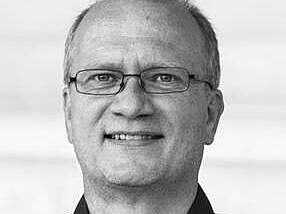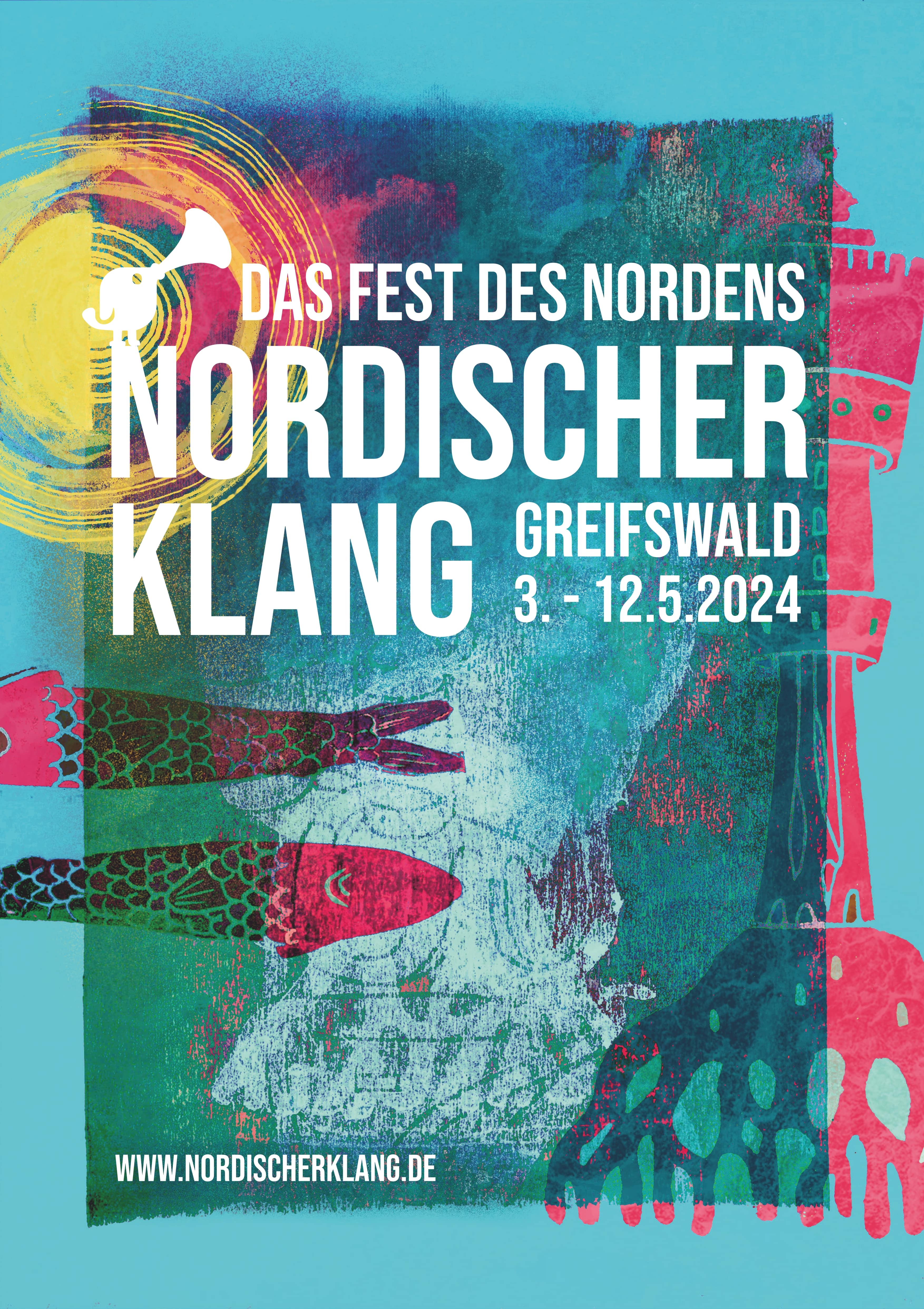When Caspar David Friedrich in 1794-98 was a pupil at the Royal Academy in Copenhagen, he met a Danish society full of hope and with growing cultural and artistic ambitions. There was a belief in art and culture as an important part of both ceremonial and domestic life. Land and landscape as an important symbol of wealth and trade became an important motive in art. Moreover, landscape became a playground for modern man’s self-understanding and self-realization.
This lecture will give an impression of how Danish landscape painting in the decades around 1800 in several areas seem to correspond with topics and moods later emerging as core motifs in Friedrich‘s art: The interest in special weather phenomena, and not least the lonely man who is confronted with nature in all its might and violence, were motifs that Friedrich encountered in his time at the academy.
In the second half of the lecture, the outline of an alternative Danish art history is presented. When writing about painting from the Danish Golden Age art history has written a lot about everyday life and the importance of a painstaking study of nature. This lecture tells a different story about a longing for a romantic feel and ideal visions among the Danish artists. A longing for the spiritual and religious, which several young artists like Christen Købke and Johan Thomas Lundbye found in the paintings of Caspar David Friedrich.
Peter Nørgaard Larsen is an art historian with a Master‘s and PhD from the University of Copenhagen. He serves as the Chief Curator at the Statens Museum for Kunst, the National Gallery of Denmark, where he oversees the collection of Danish and European painting and sculpture from 1750 to 1900. He is particularly noted for his expertise in the exchange between Danish and European art during the period from 1800 to 1900, including the afterlife of the Golden Age, symbolism, japonism, impressionism, and
postimpressionism. He has written articles on various artists and themes, such as Elisabeth Jerichau-Baumann, Carl Bloch, Bertha Wegmann, and topics like history painting and Nordic painting.
Einführung: Professor Dr. Clemens Räthel
-------
Zugang zum virtuellen Hörsaal des Kollegs
Organisatorische Hinweise
Das Alfried Krupp Wissenschaftskolleg versucht, diese Veranstaltung auch live als Zoom-Meeting bereitzustellen, in dem sich Zuschauende über den Chat schriftlich beteiligen können.
- Wir freuen uns, wenn Sie bei der Einwahl in Zoom Ihren Klarnamen angeben. Selbstverständlich können Sie an der Veranstaltung auch unter einem Pseudonym teilnehmen.
- Eine Liste aller Teilnehmenden ist für alle Beteiligten während der gesamten Veranstaltung einsehbar.
- Während des Vortrages sind die Mikrofone der Zuschauenden alle automatisch stumm geschaltet, um keine störenden Hintergrundgeräusche zu erzeugen. Die Kamera der Zuschauenden kann gern von Ihnen während des Vortrages angeschaltet werden.
- Während der gesamten Veranstaltung können Wortmeldungen bzw. Fragen schriftlich im Chat gestellt werden.
Aufzeichnung
Die Veranstaltung wird aufgezeichnet, um sie für die Mediathek des Kollegs zu nutzen. In der Aufzeichnung wird nur der/die Vortragende, dessen/deren Präsentation sowie der Moderator/die Moderatorin zu hören bzw. zu sehen sein. Chatbeiträge werden nicht aufgezeichnet. Ein „REC“-Zeichen am Bildrand informiert die Teilnehmenden. Sobald alle Beteiligten an der Aufzeichnung der Nutzung zugestimmt haben und alle Nutzungsrechte vorliegen, wird die Aufzeichnung auch in der Mediathek zu finden sein.


